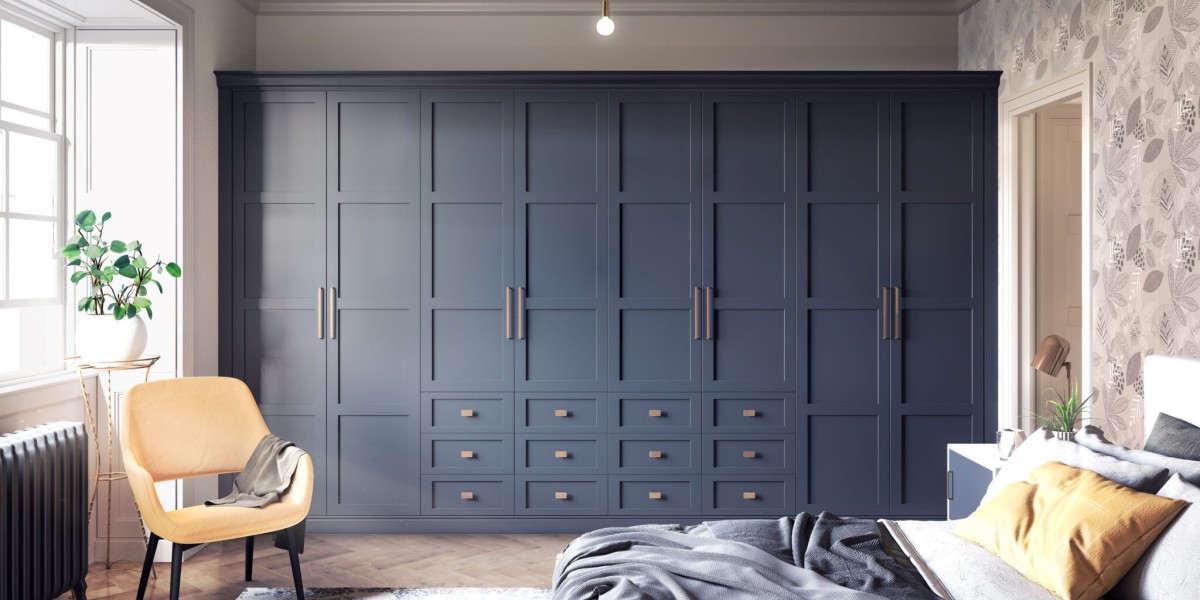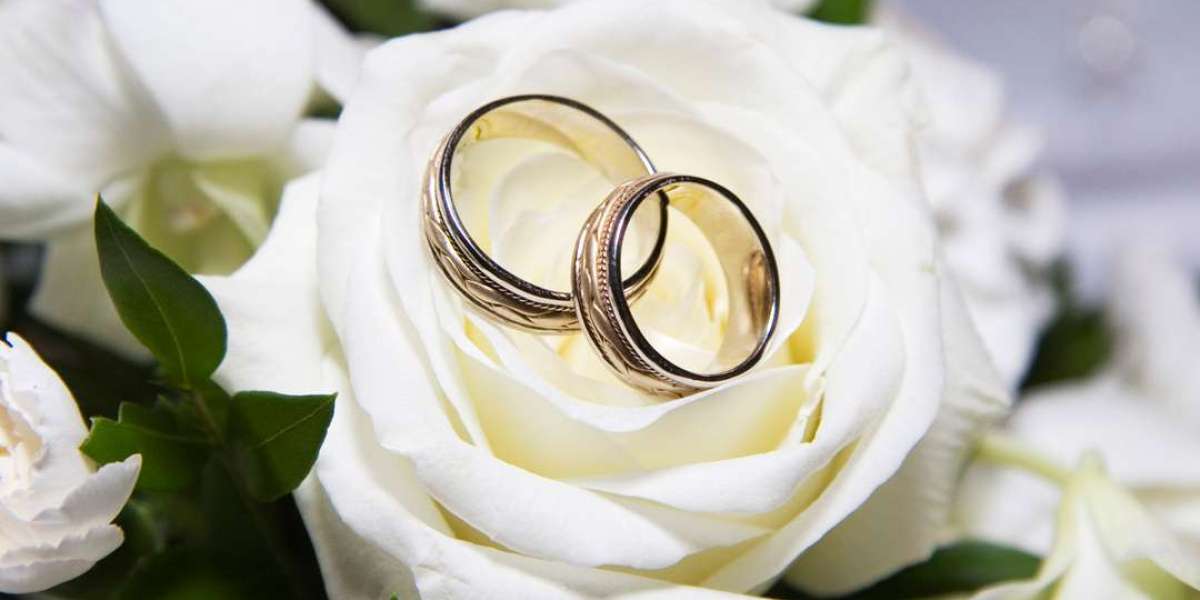Choosing between sliding and hinged wardrobes might seem like a simple decision, but it can have a big impact on how your room looks and functions. Each option offers its own benefits, and the right choice depends on the size of your space, your lifestyle, and how you use your storage.
Wardrobes aren't just furniture, they're part of your room's design and daily routine. Whether you're building a new space or upgrading an existing one, it helps to understand the differences so you can choose the most practical and stylish solution.
When designing fitted wardrobes in Poole, homeowners often customise with shoe racks, integrated lighting, and mirrored doors to suit their lifestyle and space. This kind of flexibility applies whether you go with sliding or hinged doors, but the door type plays a major role in how well your wardrobe fits the room.
Here’s a detailed comparison to help you decide what suits you best.
What Are Sliding Wardrobes?
Sliding wardrobes feature doors that move sideways along a track, rather than swinging open. The panels glide smoothly from side to side, which means they don’t need any clearance space in front of the wardrobe.
They’re ideal for modern homes and rooms where floor space is limited. Sliding wardrobes can span entire walls, giving a sleek, streamlined look that also hides away large amounts of storage behind a minimal surface.
What Are Hinged Wardrobes?
Hinged wardrobes have doors that open outward on hinges, just like traditional cupboards. This design offers full access to the wardrobe’s contents at once, without needing to slide panels from side to side.
Hinged wardrobes suit both classic and contemporary interiors. They also provide more flexibility with interior design, including the ability to add racks, organisers, or storage to the back of the doors.
Sliding Wardrobes: Pros and Cons
Pros
Space-Saving: Sliding doors are perfect for tight areas. They don’t need room to open out, making them ideal for smaller bedrooms or where furniture is close to the wardrobe.
Modern Look: With sleek lines and large panels, sliding wardrobes give a contemporary finish that blends well with minimalist or urban interiors.
Custom Finishes: You can choose from mirrored doors, coloured glass, or woodgrain panels. Full-height sliding doors can make ceilings appear taller and rooms feel more spacious.
Great for Large Wardrobes: If you’re installing a wardrobe along an entire wall, sliding doors offer a clean, unified surface without the breaks that hinged doors create.
Cons
Partial Access: You can only access one side of the wardrobe at a time. This may not suit people who need to see everything in one go.
Limited Door Storage: Since the doors slide past each other, you can’t attach anything to their back. This limits options for hanging items like ties, belts, or jewellery organisers.
Hinged Wardrobes: Pros and Cons
Pros
Full Access: With hinged doors, you can open everything at once. This makes it easier to see and access your clothes, shoes, and accessories.
Back-of-Door Storage: The interior of each door can be fitted with hooks, racks, or mirrors, which adds useful extra storage in smaller rooms.
Classic Style: Hinged wardrobes work well with traditional and timeless interiors. You can add handles, panelled fronts, or decorative finishes to match your bedroom decor.
Better for Corners: If you’re fitting a wardrobe in a corner or alcove, hinged doors can be shaped around tight angles and smaller spaces more easily than sliding panels.
Cons
Requires More Room: Hinged doors need clearance to open, which might be tricky in narrow or compact rooms.
More Moving Parts: Hinges can wear over time, especially if the wardrobe is opened and closed frequently. Good-quality hinges help avoid this issue, but they do need maintenance eventually.
Things to Consider Before Choosing
Room Size and Layout
If your room is small or you have furniture near the wardrobe, sliding doors are likely the better choice. They allow you to get close to the wardrobe without needing extra space in front.
In larger rooms with more flexibility, hinged doors provide more visibility and easier access to everything inside.
Style Preference
Sliding doors offer a contemporary look with large, uninterrupted panels. They’re great for minimalist rooms or where you want the wardrobe to blend into the background.
Hinged doors offer more traditional styling options, such as framed panels or shaker-style doors. You can also get creative with handles and trims to suit your taste.
Storage Needs
If you want to add organisers, hooks, or extra mirrors to the inside of your doors, hinged wardrobes are the clear winner. But if you prefer a clean, uninterrupted front with more surface finish options, sliding doors might be more suitable.
Can’t Decide? Try a Combination
You don’t always have to choose one or the other. Some fitted wardrobe designs combine both sliding and hinged doors, especially in larger rooms or walk-in areas. This gives you the best of both worlds, style flexibility with practical access.
Another popular layout is using sliding doors for main storage and adding a hinged side unit or overbed cabinets for items you use less frequently.
Final Thoughts
Both sliding and hinged wardrobes have their own strengths, and your choice depends on how you use your room, how much space you have, and what design appeals to you most.
Sliding wardrobes offer a modern, space-saving solution that works beautifully in tighter rooms, while hinged wardrobes give you full access and more options for personalising your storage.
Whichever you choose, a well-designed fitted wardrobe can transform your bedroom. With custom interiors, smart storage features, and the right door style, you’ll have a practical and stylish solution that works for years to come.













